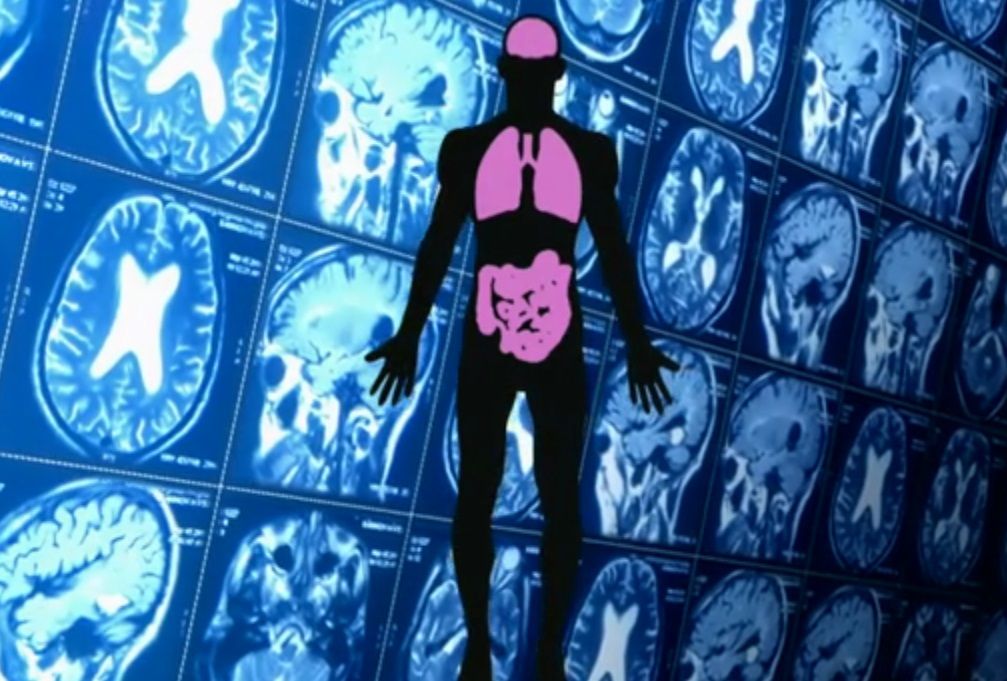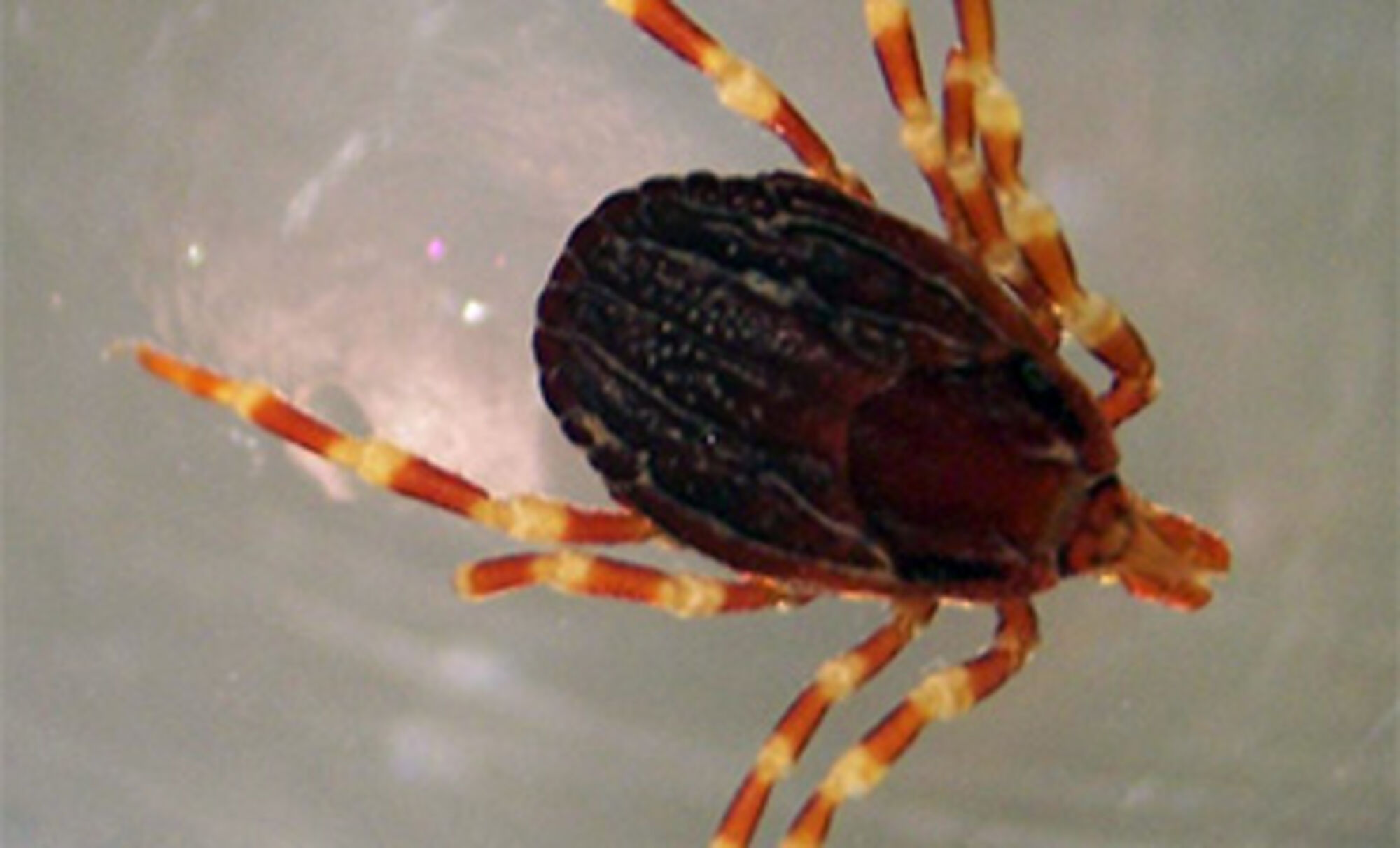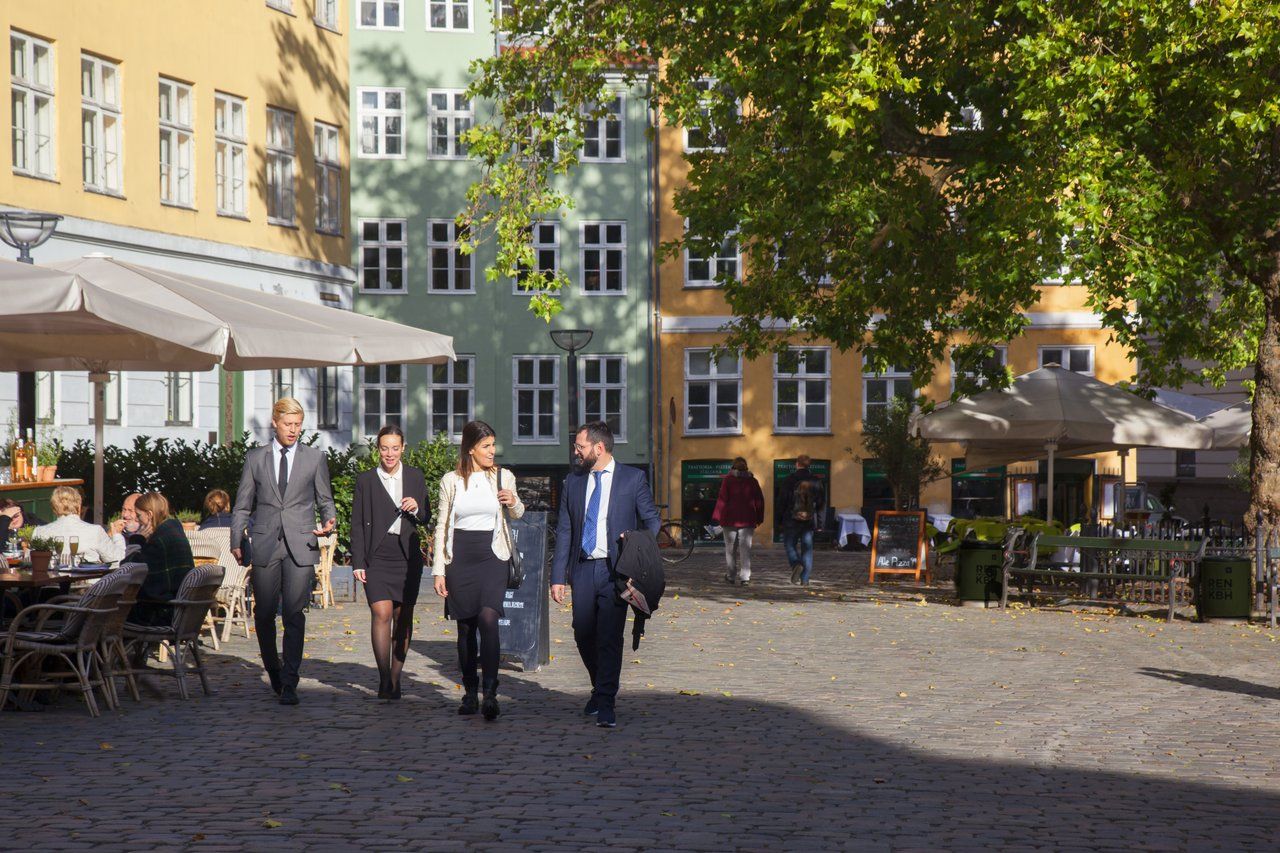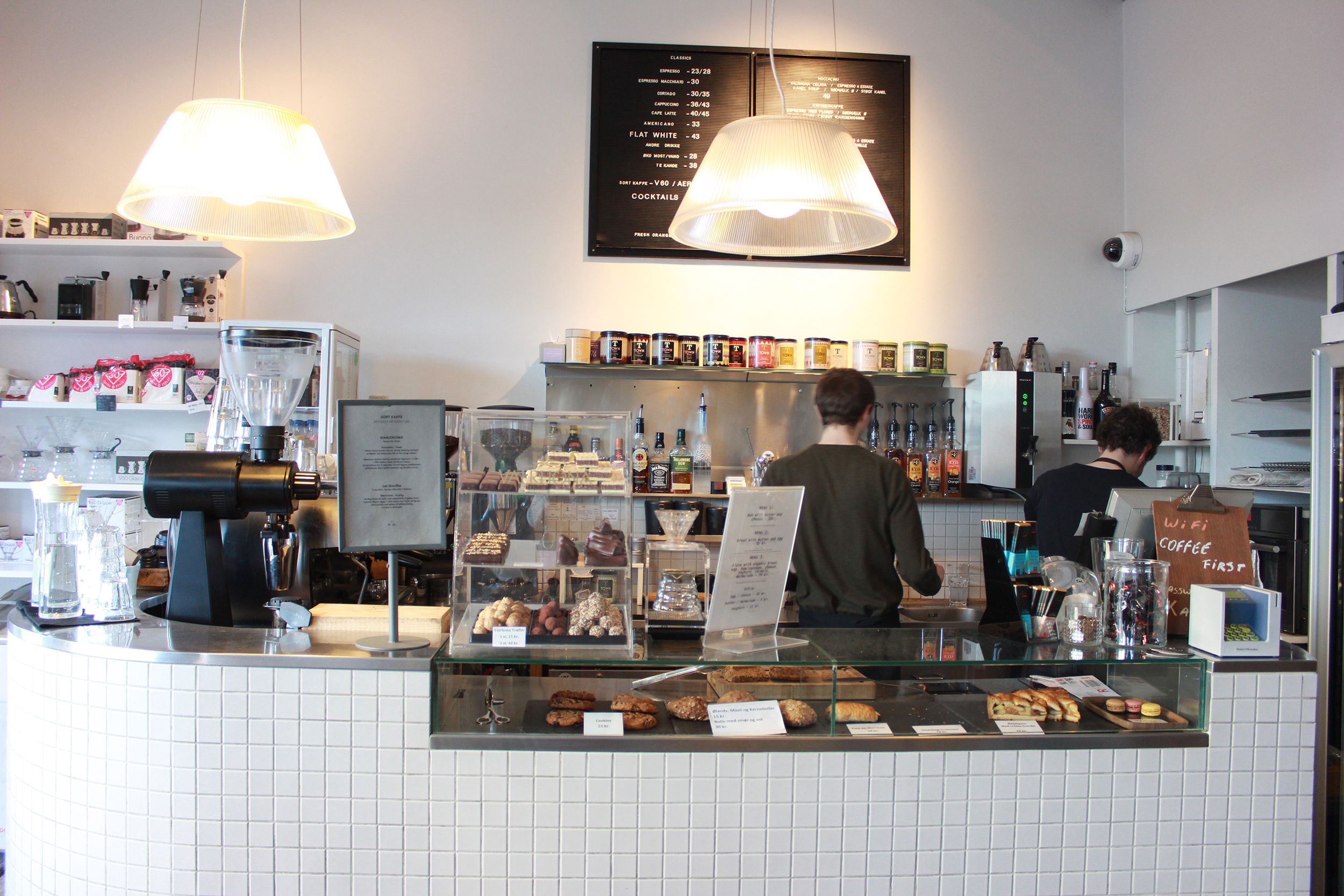Researchers from the Niels Bohr Institute and the Faculty of Health Sciences at the University of Copenhagen (KU) have developed a method that kills cancer cells using nanoparticles and lasers.
The treatment has been tried out on mice, and those results have revealed that the cancer cells become significantly damaged from within.
“The treatment involves injecting tiny nanoparticles directly into the cancer,” said the head of the project, Lene Oddershede, a biophysicist.
“Then you heat up the nanoparticles from outside using lasers. There is a strong interaction between the nanoparticles and the laser light, which causes the particles to heat up. What then happens is that the heated particles damage or kill the cancer cells.”
READ MORE: Danish discovery could revolutionise cancer treatment
Lighting up cancer
The project, Laser Activated Nanoparticles for Tumour Elimination (LANTERN), aims to find an alternative to traditional cancer treatments like chemotherapy and radiation that have an impact on healthy body parts as well as cancer tumours.
The minute nanoparticles are between 80 and 150 nanometres in diameter – a nanometre in one millionth of a millimetre – and illuminated with a near-infrared laser, which best penetrates tissue.
Aside from standard radiation therapy, the laser leaves no heat damage to the tissue it penetrates. Using PET scans, the researchers could see the cancer cells being destroyed after just an hour of treatment, and the effect continued at least two days after treatment.
“Now we have proven that the method works. In the longer term, we would like the method to work by injecting the nanoparticles into the bloodstream, where they end up in the tumours that may have metastasised,” said Oddershede.
“With the PET scans we can see where the tumours are and irradiate them with lasers, while also effectively assessing how well the treatment has worked shortly after the irradiation. In addition, we will coat the particles with chemotherapy, which is released by the heat and which will also help kill the cancer cells.”
The results have been published in the noted scientific journal Scientific Reports.















